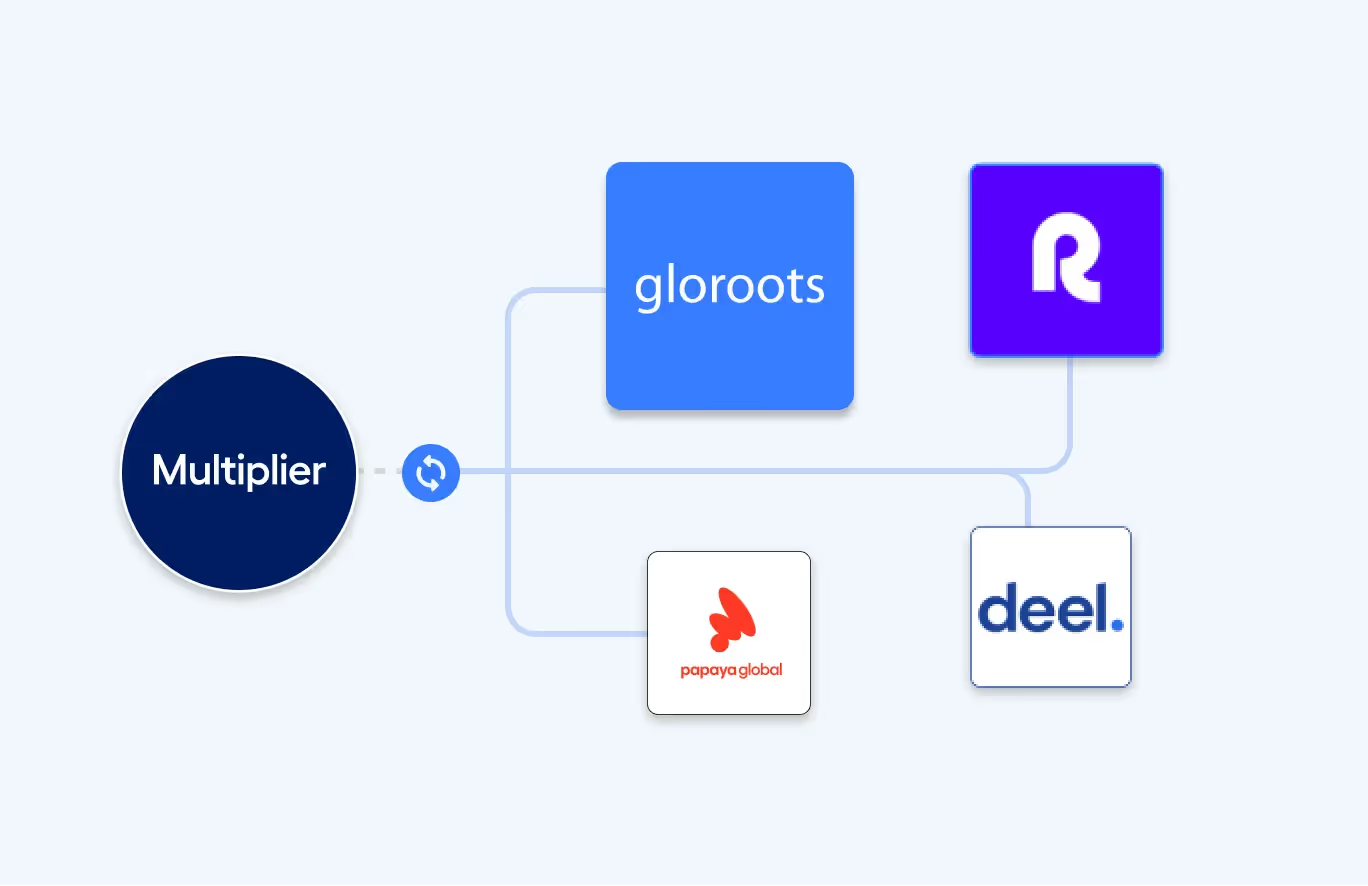Expanding your workforce into Canada requires navigating unique labor laws, including mandatory employee benefits. Despite regional differences, mandatory benefits are typically consistent nationwide.
Canadian law mandates employer contributions to healthcare and pensions while offering supplemental benefits as a standard practice. This guide delves into the essentials of both mandatory and supplemental employee benefits in Canada. Learn the fundamentals for compliance and how to keep your top talent satisfied.
What Employee Benefits are Mandatory in Canada?
In Canada, mandatory employee benefits refer to the perks companies legally must offer their full-time staff. If a business fails to provide these benefits, it can face penalties and fines for non-compliance with Canadian regulations.
Canada has extensive rules governing these mandatory benefits, prompting many companies to prioritize offering these essential benefits. The mandatory employee benefits in Canada include:
Provincial Healthcare Coverage
The public healthcare system in Canada is funded by tax revenue from the country's 13 provinces. It guarantees that all Canadian residents have access to health insurance plan that covers medically necessary hospital and doctors' services that are provided on a prepaid basis, without direct charges at the point of service.
Pension Plan
Both employers and employees are required to make monthly contributions to their respective regional plans, CPP and QPP. These contributions provide taxable benefits that replace a portion of an employee's income during retirement.
Employer and employee QPP/CPP contributions are as follows:
Minimum Wage
Canada recently instituted a federal minimum wage of CAD$16.65, effective April 1, 2023. If the minimum wage of the province or territory where the employee usually works is higher than the federal minimum wage, the employer is to pay the higher minimum wage.
Overtime Pay
Overtime pay regulations in Canada vary depending on the employee's location. Some regions require employers to pay overtime rates for hours worked after eight hours in a day or 40 hours per week, while others extend the limits to 48 hours per week.
The majority of provinces mandate overtime pay at 150% of regular wages, but in some cases, the rate increases to 200%, depending on the number of overtime hours worked.
Canadian employers should know that salaried employees are still entitled to overtime pay, which may vary by location and profession.
Employment Insurance
Employment Insurance(EI) is a component of Canada's social security system funded by contributions from both employers and employees.
Contribution Rates (Outside Quebec)
- Employers: 1.63% of the employee's taxable salary, capped at CAD$1,403.43 annually.
- Employees: 1.63% of the employee's taxable salary, capped at CAD$1,002.45 annually.
Contribution Rates (Quebec)
- Employers: 1.27% of the employee's taxable salary, capped at CAD$1,093.47 annually.
- Employees: 1.27% of the employee's taxable salary, capped at CAD$781.05 annually.
EI contributions support various benefits, including unemployment benefits and leaves related to illness, maternity, paternity, parental leave, and compassionate care leave. Benefit payments amount to 55% of the employee's average insurable weekly earnings, capped at CAD$650 weekly. The duration of benefits varies depending on the reason, ranging from 14 to 45 weeks.
Compensation Insurance
In many provinces and territories, certain industries are required to register for provincial or territorial workers' compensation insurance. This insurance serves several purposes, including protecting businesses from workers' lawsuits, providing no-fault insurance, covering lost earnings, offering healthcare for work-related injuries, and supporting the return to work process. The specific requirements and premiums for this insurance depend on the company's industry and work environment
It's essential to note that exemptions from mandatory workers' compensation insurance exist for various industries. For example, in Ontario, exemptions apply to engineers, private healthcare practices (such as doctors and chiropractors), private daycares, travel agencies, photographers, and taxidermists. However, it's important to be aware that industries exempt in one province or territory may not have the same exemptions in another, and vice versa.
Personal leave
In Canada, employees are entitled to personal leave after working in the same position for three consecutive months. Employers are required to provide this leave, but they are only obligated to pay for the first three days of personal leave.
Personal leave allows employees to take time off for essential tasks, such as caring for a sick family member. Importantly, employers are not allowed to penalize employees for using their full allotment of personal leave.
Family Violence Leave
Canada provides unique protections for victims of family and domestic violence. According to Canadian law, employees who require leave due to family violence are entitled to 10 days of protected leave, with employers responsible for paying for five of those days. Importantly, employees who are accused of perpetrating family violence are not eligible for family violence leave.
Medical Leave
In Canada, employees can take up to 17 weeks of unpaid medical leave for reasons such as illness, injury, organ or tissue donation, and medical appointments, including hospital stays. If an illness lasts three days or more, employers can request documentation from a healthcare practitioner to confirm the need for leave.
Additionally, employers have the option to assign returning employees to new positions if they cannot perform the duties of their previous roles.
Maternity and Parental Leave
The Canadian government mandates both leave and a benefits component of parental leave, which are administered by provincial employment insurance plans. Below is an overview of maternal and parental leave benefits:
Public Holidays
Another important employee benefit in Canada revolves around general holidays. For 2024, these are the legal holidays in the country.
Mandatory Holidays
Vacation Days
In Canada, employees earn 2 weeks of annual vacation with the same employer after one year. This vacation increases to 3 weeks after 5 years and 4 weeks after 10 years of continuous employment.
What Supplemental Benefits Can You Offer in Canada?
Supplemental employee benefits go beyond mandatory benefits, providing extra perks and incentives that make a company stand out. These offerings are a unique opportunity for employers to differentiate themselves in a competitive job market.
By carefully selecting these benefits, businesses can create an appealing package that addresses the specific needs and desires of potential employees, helping them attract and retain top talent. Examples of supplementary benefits may include:
Supplementary Healthcare Coverage
Supplementary coverage is designed for plan members and their eligible dependents who reside in Canada and are already covered by a provincial or territorial health insurance plan. The PSHCP enhances the coverage provided by the member's provincial or territorial plan in their place of residence.
Retirement Savings Program
Apart from the CPP and QPP, Canadian employers may offer additional retirement savings options to attract top talent. The most prevalent one is the RRSP, or Registered Retirement Savings Plan, which operates similarly to employer-matched contribution accounts in the United States.
Flexible Work Schedules in Canada
In Canada, employees typically have the right to request changes to their working hours after six months of continuous employment with a company. Employers have the discretion to refuse these requests, but employees can advocate for flexible hours if it would improve their work-life balance without negatively impacting their job responsibilities.
Long-term Disability Benefits
Some employers offer long-term disability (LTD) benefits. These benefits act as a lifeline if your employee’s services are hindered due to an unforeseen injury or sickness. They replace part of their income (typically 60-66%) to help maintain financial stability during difficult financial times.
How Can Gloroots Assist You in Compliantly Offering Employment Benefits in Canada?
Managing a global workforce comes with various challenges, especially in ensuring benefits compliance, onboarding, payroll management, and other crucial aspects in Canada.
Gloroots offers the solution you need for hiring employees, contractors, or remote workers in Canada.
Our EOR platform streamlines onboarding, management, and payments, ensuring complete compliance with Canadian employment laws and regulations. Working with Gloroots’s experts will simplify your process of designing a benefits plan compliant with Canadian labor regulations.

.webp)




























.webp)
























.webp)
.avif)

.webp)


.webp)












